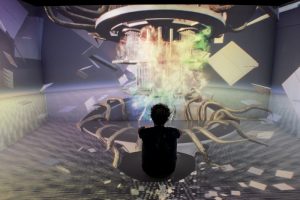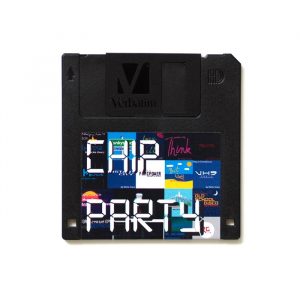MIT is teaming up with Taiwan’s Quanta Computer in the TParty project, a research to define the future of computing and create the next generation of communications platforms and products.
While some T-Party technologies might find their way on the market before 2010, many of them will lay the foundation for a new era, when computer hardware recedes into the background and computing is invisible.

“An ultimate form would be for you to walk into a room and your biometrics would validate you and give you your data,” explained Rodney A. Brooks, director of MIT’s CSAIL, referring to fingerprint or iris scanning that could enable the display of information on electronics-embedded surfaces or mobile devices.
The goal is to eliminate the clunkiness of pc and the frustration of having to use devices that don’t easily talk to each other and to make accessing data more intuitive, while addressing issues as information transfer, configurations, security, maintenance, backups, and upgrades.
“Over the coming five years, wireless computing will be anyplace, anytime, any medium,” said Quanta founder and chairman Barry Lam, suggesting that the machinery of computing could be confined to central offices, while access to information could be distributed widely to consumers and businesses. “The personal computer can be a virtual device.”
Via The Register and Boston.com.







